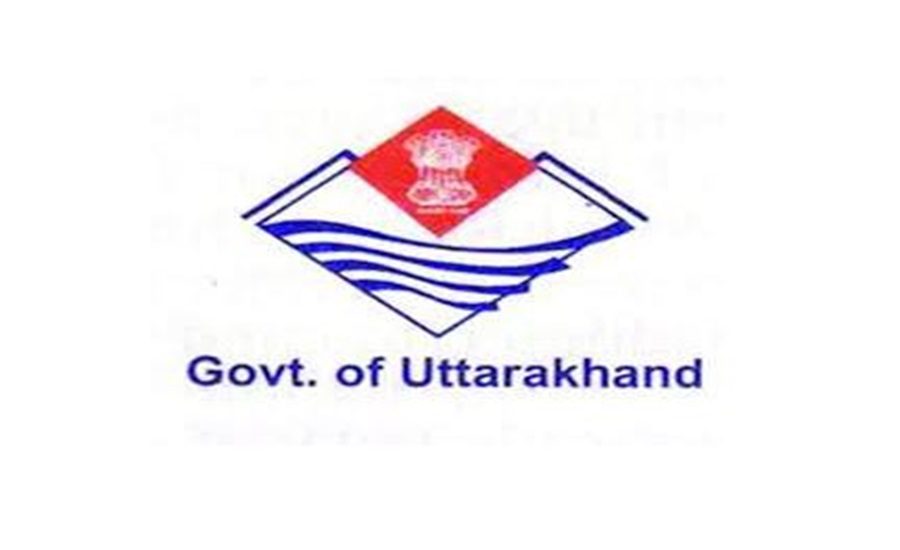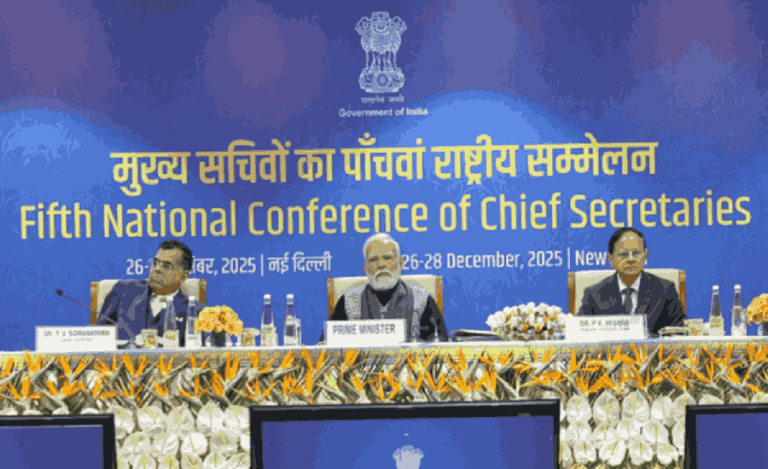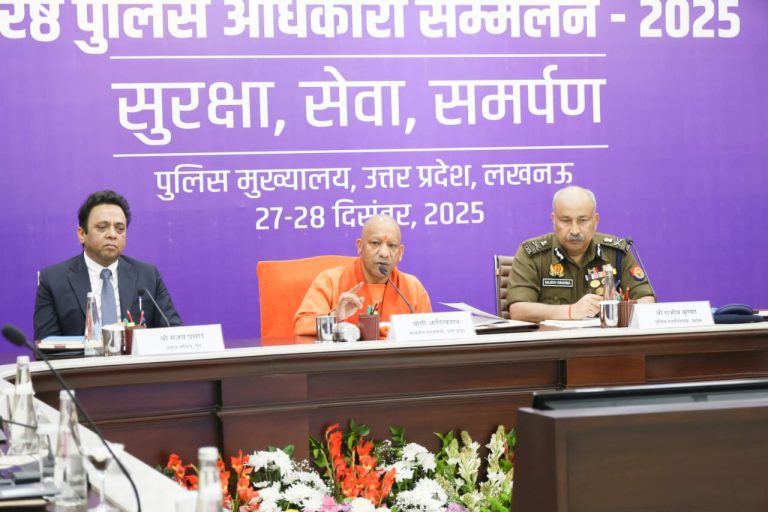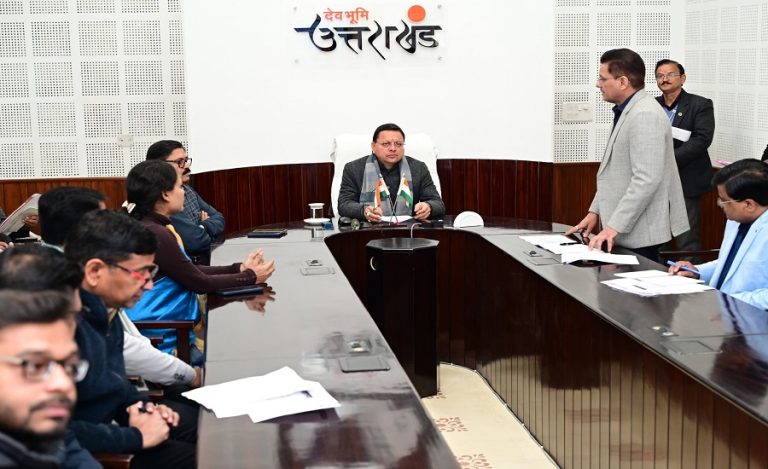Two and a half decades after separating from Uttar Pradesh, Uttarakhand has witnessed a transformative journey—one carved through roads, resilience, and sustainability. From just 8,000 km of roadways in 2000 to more than 40,000 km in 2025, the state has emerged as a model for people-centric and eco-sensitive infrastructure development.
Reflecting on this journey, Dr. Pankaj Kumar Pandey, a 2000-batch IAS officer, highlighted the dramatic progress the state has made in road connectivity and development since its formation. “When we were separated from Uttar Pradesh, we had just 8,000 km of roads. Today, that number stands at 40,000 km,” Mr. Pandey noted.
Connecting Every Corner
Uttarakhand has successfully connected nearly all villages with populations over 250, providing better access to healthcare, education, and local markets. Under the Pradhan Mantri Gram Sadak Yojana, even remote hamlets are being brought into the fold of rural road networks.
A pivotal moment came after the 2013 Kedarnath disaster, which triggered a shift toward building all-weather roads. With the support of the Central Government, approximately 900 km of highways—including those connecting Char Dham sites and strategic stretches to the Indo-China border—were upgraded.
“We took all the Chardham roads and also the road from Tanakpur to Lipulekh Lake, leading to the China border, into the all-weather road project,” Mr. Pandey added.
Green Development in the Hills
Despite large-scale infrastructure expansion, Uttarakhand’s forest cover increased from 64% to over 70% over 25 years. Environmental Impact Assessments (EIAs) are mandatory for all major projects, and alignments are regularly altered to protect ecologically sensitive species like oak and Devdar. During the Rishikesh four-lane expansion, 3,000 trees were transplanted rather than felled.
“We are connecting 16 major temples and more than 40 villages in Uttarkashi, Pithoragarh, and Champawat where people earlier had to migrate,” Mr. Pandey stated.
Embracing Innovation and Sustainability
Uttarakhand is also leading in adopting green and cutting-edge technologies. The use of cold-mix technology reduces air pollution during construction. Roads are built using plastic bitumen blends for durability, and Full-Depth Reclamation (FDR) is used to recycle road materials. In water-prone zones, Thin White Topping enhances longevity.
“We are using cold mix successfully in the mountains. There’s no smell, no smoke, no pollution,” said Mr. Pandey.
A digital DPR (Detailed Project Report) system coupled with drone-based surveillance now monitors 200 landslide zones. In the most vulnerable areas, tunnels in Dhruvdhrupayag and near Lipulekh are being constructed to ensure uninterrupted connectivity with minimal ecological disruption.
Security, Tourism, and Eco-Responsibility
Road infrastructure is being leveraged not just for economic development but also for border security and tourism. Projects like Vibrant Villages have linked over 40 border settlements, while ring roads and bypasses are easing urban congestion.
Tourist circuits like Ganga-Rishikesh and Lipulekh are being developed with an eye on sustainability. Plastic recycling plants and a ban on single-use plastics in the Char Dham region are already in force.
A Model for Balanced Progress
Mr. Pandey concluded that Uttarakhand’s achievements over the past 25 years are a testament to thoughtful governance, technological innovation, and environmentally conscious planning. “The growth is people-centric and environmentally responsible,” he affirmed.
As Uttarakhand celebrates a quarter-century of statehood, its roads—both literal and metaphorical—are paving the way for a resilient and inclusive future.



























